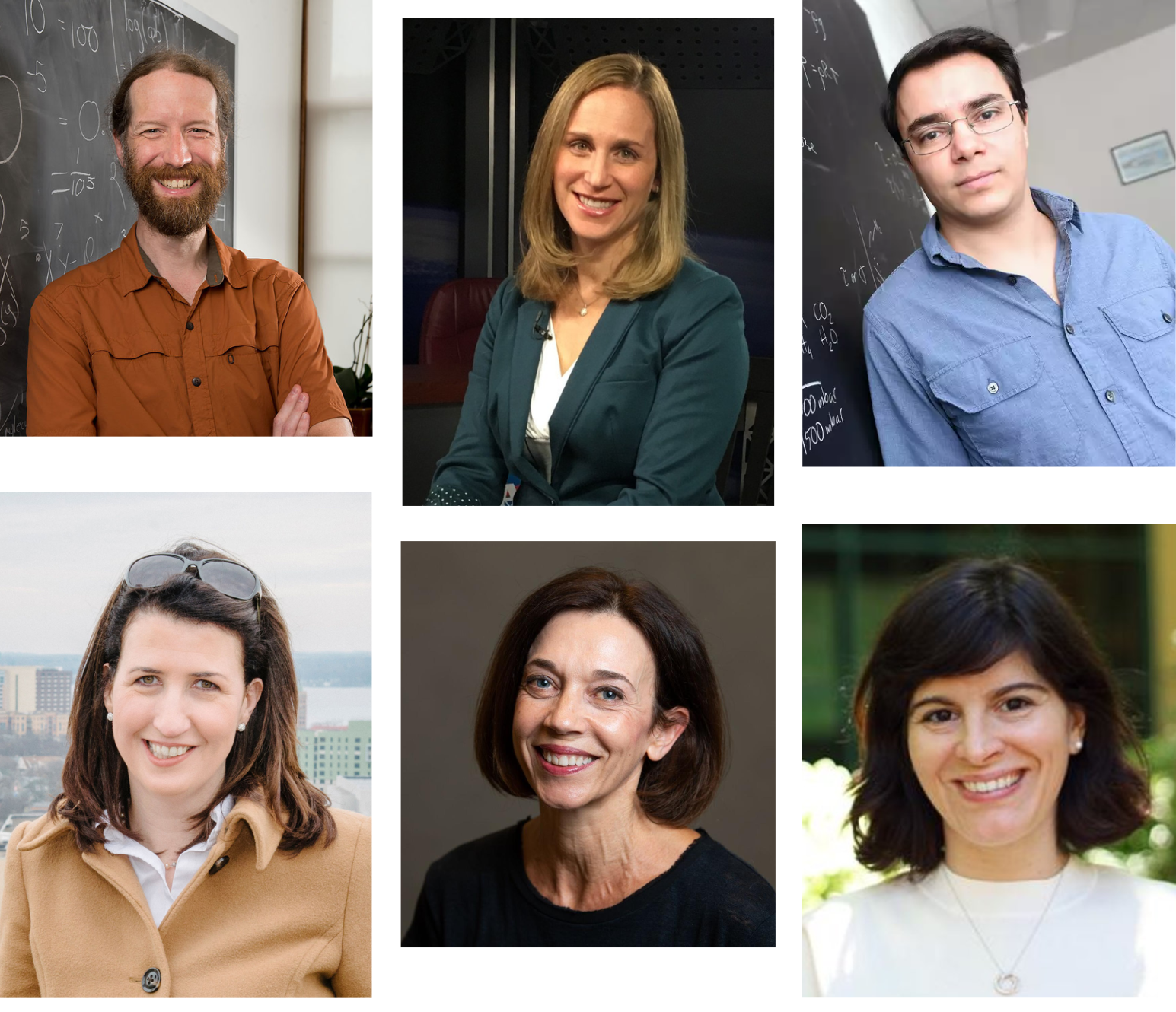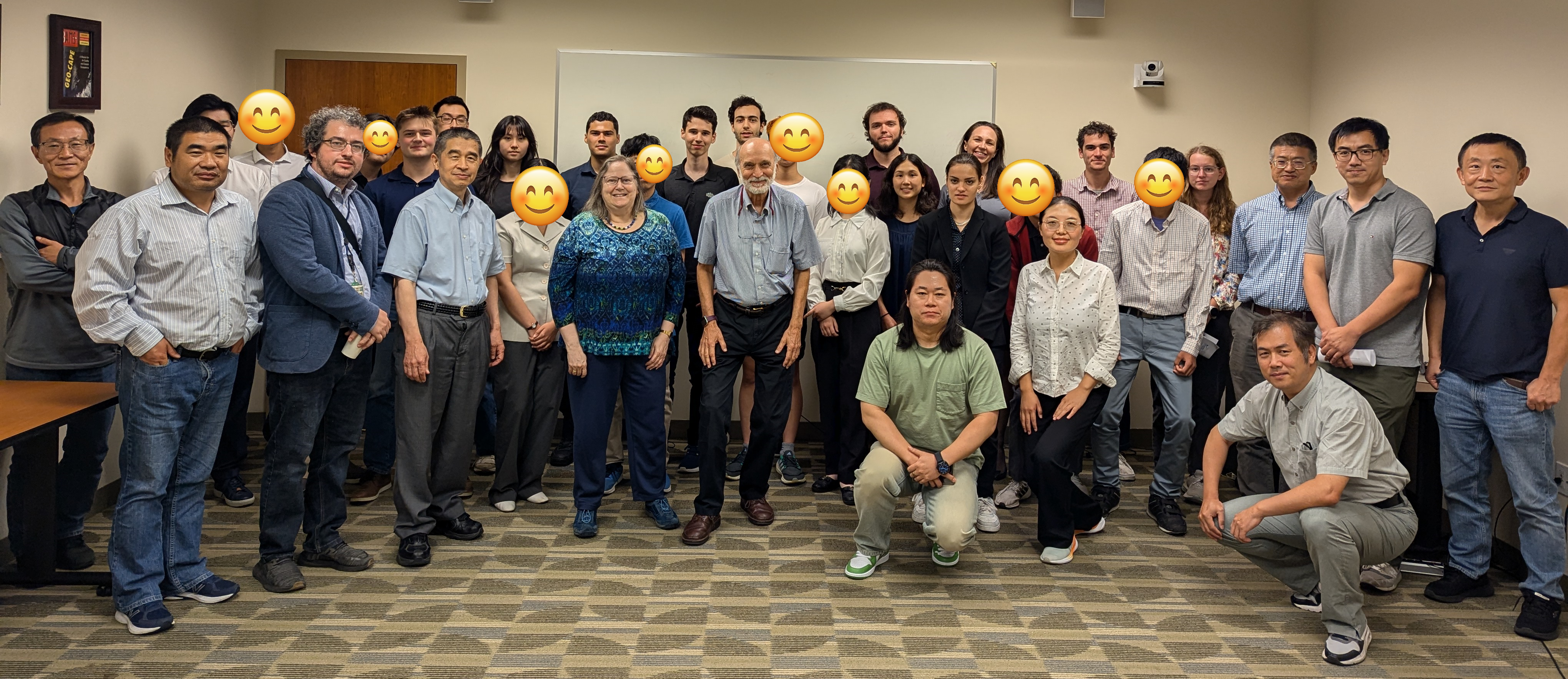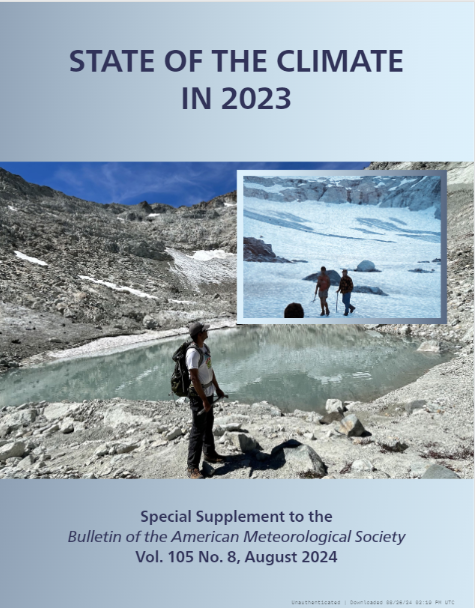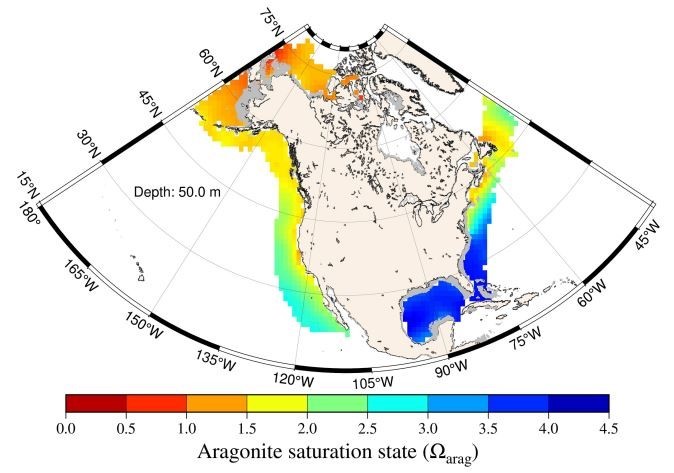
Colligan Presents on Carbon Flux Anomalies
On September 12, Thomas Colligan gave a plenary presentation at the Integrated Carbon Observation System Science Conference in Versailles, France. His presentation, titled “A Near

On September 12, Thomas Colligan gave a plenary presentation at the Integrated Carbon Observation System Science Conference in Versailles, France. His presentation, titled “A Near

Welcome to the Spring 2024 semester! We are pleased to announce the return of ESSIC’s Seminar Series. We have a wonderful lineup of senior and junior scientists who are prepared to deliver some compelling presentations about their work and research both in-person and remotely.
Some of our speaker highlights include Dalia Kirschbaum, Director of the Earth Science Division of NASA Goddard Space Flight Center; Neil M. Donahue, Director of Carnegie Mellon’s Steinbrenner Institute as well as professor and AGU Fellow; Claudia Tebaldi, scientist at Pacific Northwest National Laboratory’s Joint Global Change Research Institute and AGU Fellow; Ines Azevedo, associate professor at Stanford; Tracey Holloway, professor at UW–Madison and member of National Academy of Medicine; and Juan Lora, assistant professor at Yale.
Please click “Read more” for our full lineup and to add these events to your calendar now!

On August 20-23, ESSIC hosted 52 interns both in-person and remotely for the Summer Intern Presentations. The interns, composed of both high school and undergraduate

ESSIC scientist Martin Perrine has been awarded the Robert H. Goddard Honor Award for Science in recognition of his exceptional engineering elevating science missions at

This week, the American Meteorological Society (AMS) released its annual State of the Climate report in 2023. Compiled by NOAA’s National Centers for Environmental Information,

Caption: Scientific crew on board of the Research Vessel (R/V) Point Sur. From left to right: Jonathan Gallegos (SciGlob), Ryan Stauffer (NASA Goddard), Anne Thompson

Left to right: Chris Kidd, Kwo Sen-Kuo, Lisa Milani, Veljko Petkovic, Malarvizhi Arulraj, and Huan Meng Last month, several ESSIC scientists traveled to Tokyo, Japan

ESSIC scientist Jaehwa Lee has been awarded the Robert H. Goddard Award for Science in recognition of his significant contributions to aerosol research, specifically, his
![Figure. Example of a mapped data product: seasonal means of dissolved inorganic carbon [CT(RFR-LME)] in the Northern Hemisphere (a) winter (December-January-February), (b) spring (March-April-May), (c) summer (June-July-August), and (d) fall (September-October-November) over the period 1998–2022 within each U.S. LME.](https://essic.umd.edu/wp-content/uploads/2024/08/jiang-1.jpg)
(Click to enlarge) Comparisons between pCO2 from selected moored buoy observations, RFR-LME and RFR-LME-NM maps, and other mapped surface products. (a) Mapped long-term mean pCO2(RFR-LME)

Figure. Example of a map of one of the OA indicators, namely, the aragonite saturation state at a depth of 50 m on the North